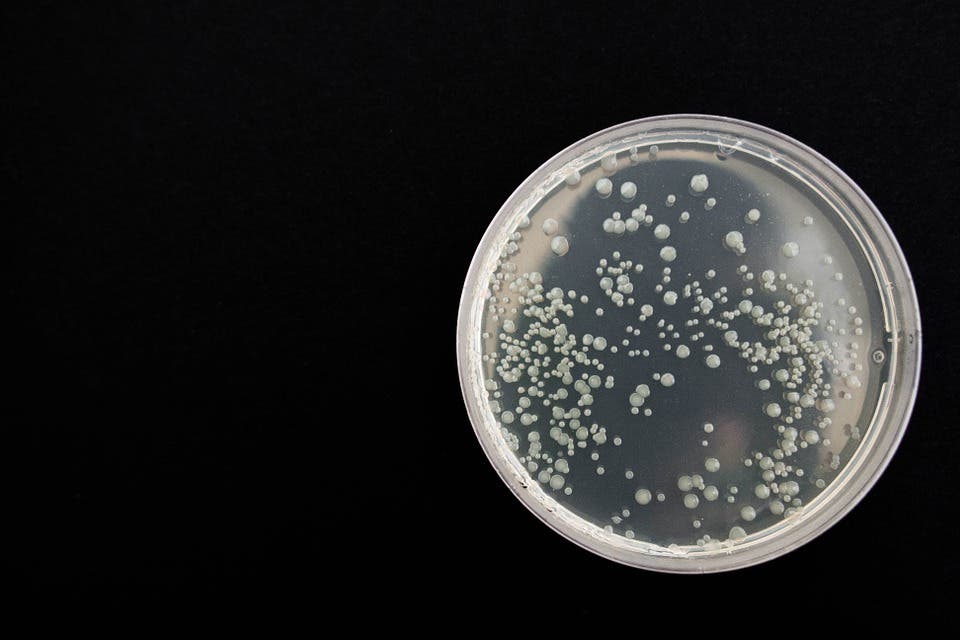How bacteria live influences how they develop antibiotic resistance, a new study reports.

Independent and communal bacteria react differently to antibiotics and develop resistance to medicine in different ways, according to researchers at the University of Pittsburgh School of Medicine. The findings could help shape more efficient methods of infection control and antimicrobial therapies.
Together we stand
“What we’re simulating in the lab is happening in the wild, in the clinic, during the development of drug resistance,” said senior author Vaughn Cooper, Ph.D., director of the Center for Evolutionary Biology and Medicine at Pitt. “Our results show that biofilm growth shapes the way drug resistance evolves.”
According to study lead author Alfonso Santos-Lopez, Ph.D., the results could be used to find a chink in the armor of drug-resistant bacteria.
For the study, the team repeatedly exposed bacterial cultures to ciprofloxacin (a broad-spectrum antibiotic) to force them to develop resistance — and they did. However, the team was surprised to see that the ‘lifestyle’ of individual species led to them developing specific mechanisms for drug resistance.
The paper showcases the role “collateral sensitivity” can play in our fight against drug-resistant pathogens. In simple terms, when bacteria evolve to be more resistant to one drug or class of drugs, this can make them vulnerable to other antibiotics. If you know which drug that is, then you have an effective tool against the bugs.
In the team’s experiment, communal bacterias — which bunch together into biofilms — that developed resistance to ciprofloxacin also lost virtually all resistance to the cephalosporin class of antibiotics. In contrast, free-floating (individual) bacteria didn’t become susceptible to cephalosporins and developed, on average, 128 times the resistance to ciprofloxacin of the biofilm-grown bacteria.
“Biofilms are a more clinically relevant lifestyle,” said study coauthor Michelle Scribner, a doctoral student in Cooper’s lab. “They’re thought to be the primary mode of growth for bacteria living in the body. Most infections are caused by biofilms on surfaces.”
The paper “Evolutionary pathways to antibiotic resistance are dependent upon environmental structure and bacterial lifestyle” has been published in the journal eLife.






